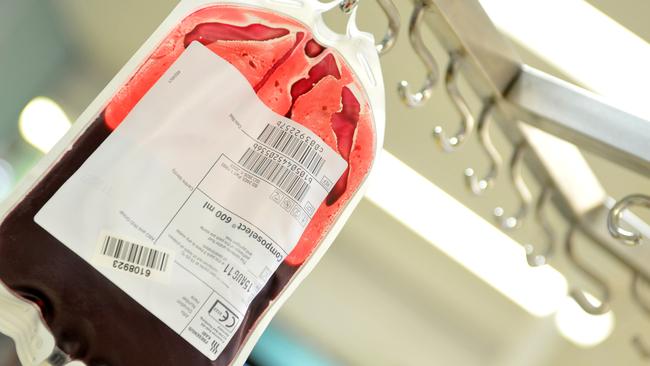Quest to conjure up blood in the lab
Cedric Ghevaert believes we may be on the cusp of a revolution in how patients receive emergency supplies of blood.

Scientists around the world are in a battle to develop the tastiest artificial beef, pork, coffee and milk. But in Cambridge an academic is trying to reproduce a product even more vital: blood.
Cedric Ghevaert is a consultant haematologist and leader of a team that is trying to create platelets in the laboratory. He believes that we may be on the cusp of a revolution in how patients receive emergency supplies of blood.
Platelets make up only 1 per cent of our blood supply but they are vital for clotting, gathering in their millions around any cut to create a plug that stops us bleeding to death. They also, however, have an unfortunately short life. They only last about a week and our bodies have to produce 100 billion a day. This means that human platelet donations are usually in the shortest supply as they must be used so quickly.
The ability to create an unlimited supply in the lab has already caught the attention of Britain’s National Health Service and the Ministry of Defence, which are helping to fund Dr Ghevaert’s work. The platelets being created by his team at Cambridge University can also be modified to become “supercharged”, meaning that they could stop bleeding much faster than human equivalents. This could be life-changing for trauma and cardiovascular surgery and soldiers in battle.
Scientists have been attempting to create fake blood since the AIDS epidemic in the 1980s but Dr Ghevaert said that there had been renewed interest since coronavirus. In many parts of the world, including the UK, blood donations fell when the virus took hold.
Dr Ghevaert believes that it will not be long until we have “Willy Wonka-style factories” producing platelets in giant vats. First, however, they need to clear a few hurdles in the lab.
In order to create fake platelets you need a pluripotent stem cell, a “master cell”, that can then produce any cell or tissue needed in the body to repair itself. Luckily there is no shortage after two scientists, John Gurdon and Shinya Yamanaka, discovered that you can create them by adding four genes to almost any cell in the body. They received the Nobel prize in medicine in 2012.
Four years later Dr Ghevaert used this technique to get a pluripotent stem cell to create a megakaryocyte. These are giant cells found in bone marrow that each create about a thousand platelets. Now Dr Ghevaert’s team are working on the difficult part of getting these megakaryocytes to produce a thousand platelets in a laboratory.
It is an uphill battle. So far the lab-made megakaryocytes have produced about 50 platelets.
In Japan researchers discovered that having liquid move around the megakaryocyte to mimic the blood flowing through the bone marrow helps to produce more platelets. “The main thing to work out is whether the platelets we are making in the lab are good enough to not only be injected safely but circulate in the bloodstream long enough to monitor blood vessels and stop the bleeding when the vessels are damaged,” he said.



To join the conversation, please log in. Don't have an account? Register
Join the conversation, you are commenting as Logout